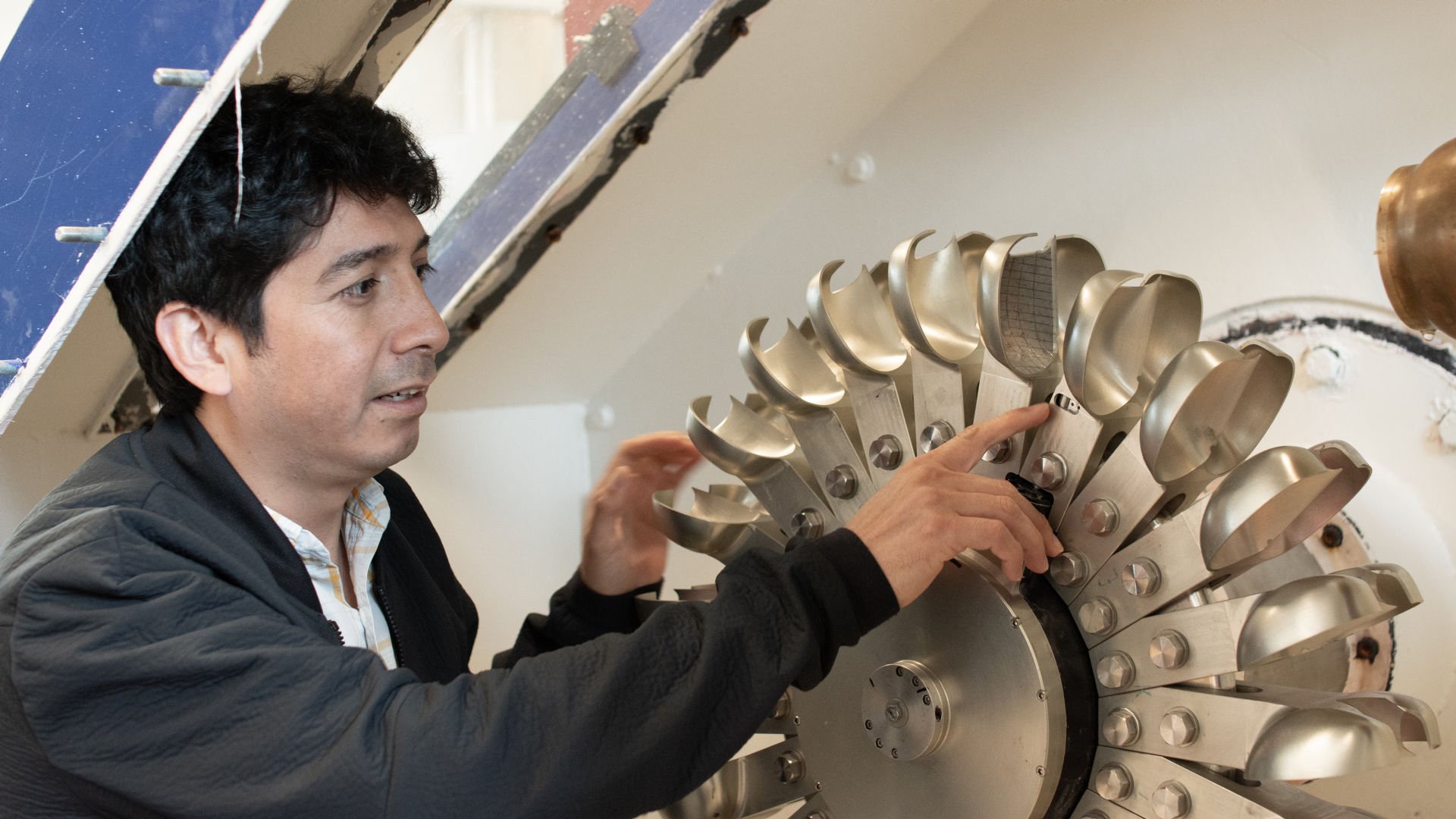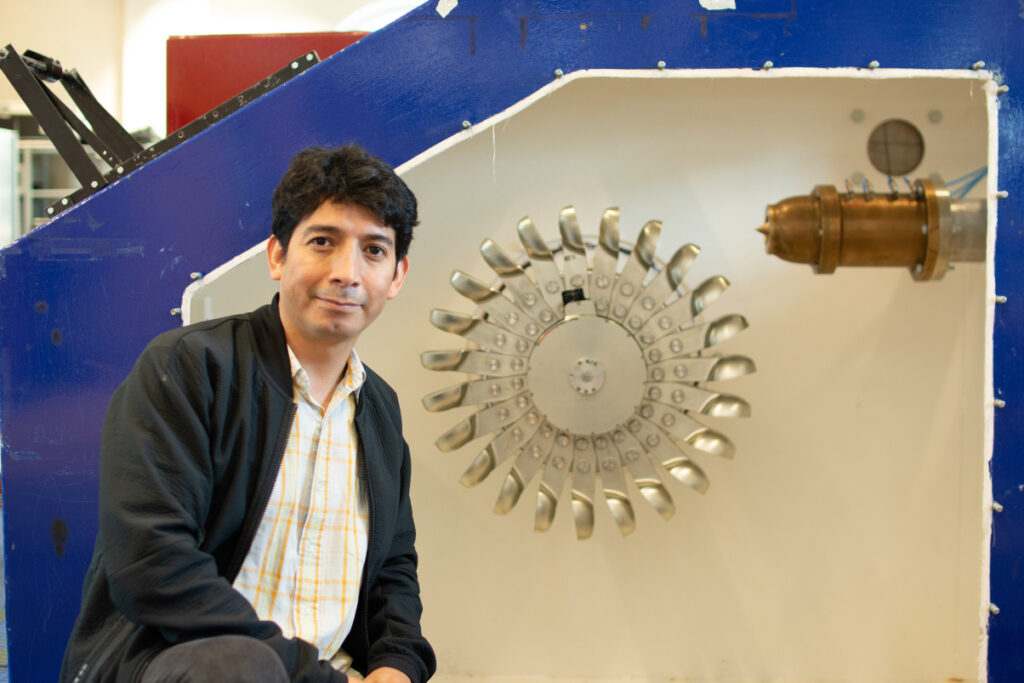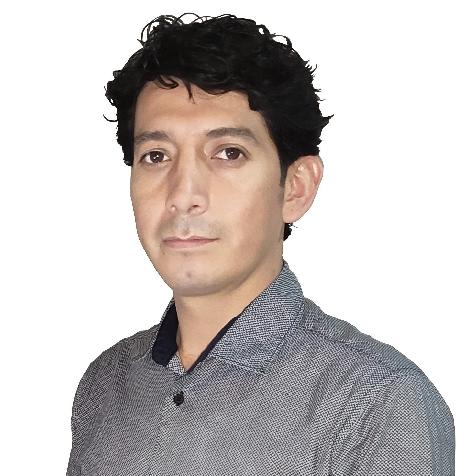Jim Abregu believes that we are working in the right direction to support a better world with green energy by increasing turbine lifetimes.
This is a blog post. The opinions expressed here are those of the author.
I believe that we are working in the right direction to support a better world with green energy by increasing turbine lifetimes.
The global change to clean and affordable energy requires hydraulic turbines that support higher demands and can handle high sediment loads. We are investigating erosion in Pelton turbines, which is a key factor in the turbine’s operating life. It occurs due to sediments in rivers, mainly near mountains like the Alps, the Himalayas, and the Andes. These are the areas where new hydroelectric projects are located.

More starts and stops, and more sediment in the rivers
The new renewable energy sources like wind and solar require support to keep the electricity grid stable. Hydroelectric turbines are the best choice for this job (in Norway). But the exigency on the turbine increases with rapid load variations, and more starts and stops.
Additionally, climate change brings erratic patterns in the sediment load in the rivers. We need to have a better understanding of erosion in turbines to improve their design, thus increasing the lifetime of the turbine.

High-speed camera to study the details
We are using the Pelton test rig at Waterpower Laboratory. We have a high-speed camera installed within the turbine runner looking at one of the buckets. That allows us to verify numerical analyses of the flow inside the turbine and better understand erosion mechanisms.
About the author

Jim Abregu is a PhD Candidate at NTNU – Department of Energy and Process Engineering, affiliated with FME HydroCen, a Centre for Environment-friendly Energi Research (FME).
Ny viten vil gi billigere og grønnere togdrift
Nye smøremidler og ny viten om hvordan de bør påføres toghjul og skinner, kan minske...
Fornybarløsninger ligger klare. Hvorfor stopper oppskaleringen?
Skal vi nå mål om nullutslipp innen 2050 kreves en omfattende omstilling av...

